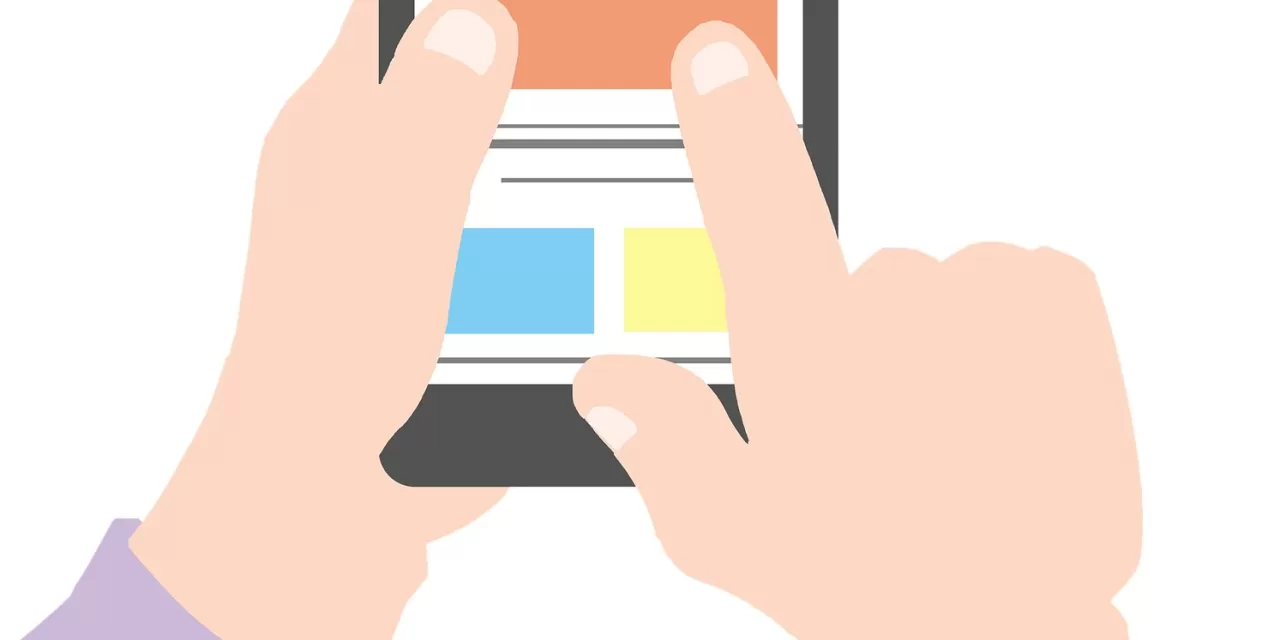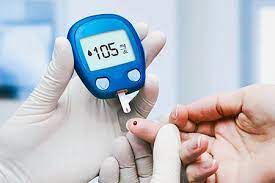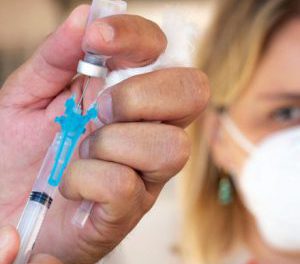New Delhi, Sunday — The out-of-pocket expenditure (OOPE) by citizens on healthcare in India is on a steady decline, according to new data released by the government. This decrease is attributed to increased government investments and improvements in the country’s public healthcare framework, as stated by the Ministry of Health and Family Welfare.
The latest findings from the National Health Accounts (NHA) data for 2021-22 indicate a shift toward affordability in healthcare, as evidenced by a significant rise in government health expenditure (GHE) and targeted reforms. The data highlights that between 2014-15 and 2021-22, GHE as a percentage of GDP climbed from 1.13% to 1.84%. Furthermore, GHE’s proportion of the total government budget increased from 3.94% to 6.12%, underscoring a heightened commitment to public health.
“This increase enables the government to enhance public healthcare infrastructure, making healthcare services more affordable and accessible to the general public, thus reducing OOPE,” said the ministry.
Growing Government Support for Healthcare
In a seven-year period, India’s per capita health spending tripled from ₹1,108 to ₹3,169, reflecting the impact of expanding government health programs. Social Security Expenditure on healthcare, which includes state-supported health insurance and other social health programs, grew from 5.7% of total health expenditure (THE) in 2014-15 to 8.7% in 2021-22.
Programs such as Ayushman Bharat and several state-level health insurance initiatives have provided a safety net for economically vulnerable populations, reducing their reliance on personal finances for medical expenses. This, in turn, has been instrumental in driving down OOPE.
Impact on Rural and Vulnerable Populations
The Ministry of Health stated that reduced OOPE is making healthcare services more affordable, especially for rural and lower-income groups, who may otherwise avoid medical attention due to financial constraints. “Reduced OOPE allows the public healthcare system to cater to a broader population base, distributing healthcare resources more equitably and strengthening the overall system to handle increased demand,” the ministry added.
Toward Universal Health Coverage
The government’s continued investments in healthcare funding and infrastructure are a key step toward India’s goal of universal health coverage. This ongoing shift reflects a vision where healthcare access is increasingly treated as a right, not a privilege.
As India makes strides in reducing OOPE, the country moves closer to a more equitable healthcare system where financial concerns are no longer a barrier to essential medical services.












